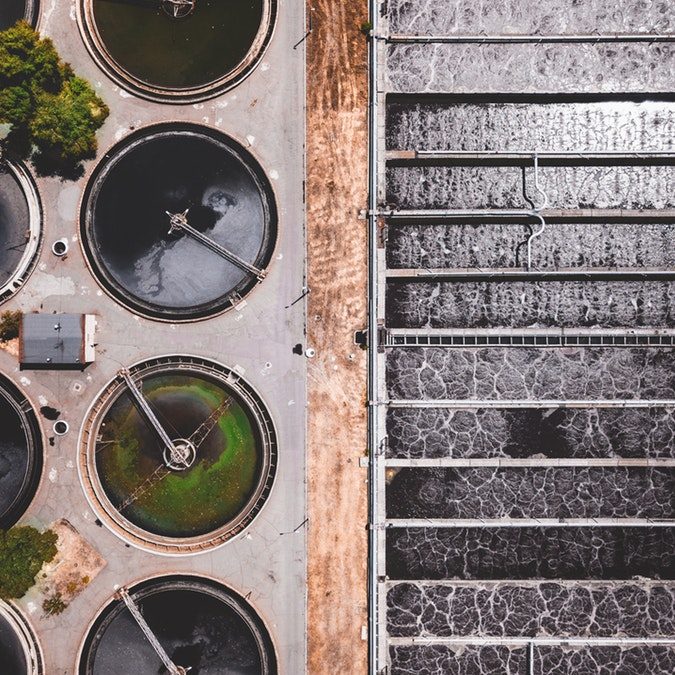A water treatment tank lining is a special coating that is designed to act as a cure in low temperatures and is applied outside and inside a tank to ensure ultimate protection from chemical attacks. Water treatment tank lining maintains toughness and offers corrosion resistance in plastic, metallic and concrete tanks that provide storage for chemicals, reactive solvents, and petroleum products.
You can find water treatment tank lining being used in troughs, tanks, filter beds, and clarifiers. Different types of linings are being used these days. However, there are those that are more popular are polyurea and Polyurethane, coal and epoxies, and coal tar epoxies.
Epoxy Water Tank Liners
This unique water treatment tank lining has become the main product when it comes to water treatment sine being invented. Technological advancements have improved these linings, and as such, they are adaptable in high temperature and aggressive environments than they were capable of before.
Here are some of the uses of epoxy tank linings:
- It can be used as a chemical liner.
- Epoxy tank linings can be used as steel tank linings. Talking about steel, did you know it has been used to transport and store water for around 150 years?
- They can also be used as concrete tank linings.
- Epoxy tank liners for water systems are used as water tank linings
Let us now look at some of the advantages of using Epoxy Tank Linings:
- It is a very versatile type of technology, and it has a variety of uses.
- Using Epoxy tank listing reduces the risk when applying it as it is solvent free hence making it an excellent tank liner.
- it can be easily tested for pin holing.
- Epoxy Tank Liner can be tolerant of moisture.
However, Epoxy Tank Lining isn’t that flexible, which means that if you suspect some movement, you might need to consider doing some reinforcement. Besides, their water treatment process is slower, which means a slower service.
Cementitious Linings
Cementitious Linings have been widely used in the water treatment industry and especially when lining concrete tanks. One significant benefit of this water treatment tank lining is that it can be used to act as waterproof below your ground structures. Generally, they are vapor permeable, which means they can be a good choice when working below the ground structures.
It is mostly used in concrete water linings, underground tank linings, and water tank linings. On the other hand, they are not very flexible. So, they might need additional design details when cracking or movement is occurring. They also cannot be spark tested, as they are very conductive.
Polyurethane Linings
These linings are quite similar to expose polyurethanes as they are a versatile technology and has many uses and varieties. You should note that not all polyurethanes are suitable for use as tank linings not unless they are designed for that purpose specifically. However, you can make Polyurethane flexible using some formulations.
Polyurethane linings are versatile. So, they can help on different occasions. You can also test them using DC holiday spark testers when you finish using it because it helps in checking for any pin holing. Polyurethane lining is solvent free, which makes it a safe way to use as it reduces risks during the application process.
Polyurea Linings
They are a new phenomenon compared to other linings. Polyurea listings started being used in the 1990s for commercial purposes. Generally, you can apply the material using a specialist spray because the elements in it come out extremely fast. The stuff that they are made of is unique, and it offers flexibility and strength with its elongation properties going up to 100%. Like other types of water tank linings, Polyurea linings also have different available versions.
You can use them in water tank linings, steel water linings, concrete tank linings, and as a chemical liner. Polyurea linings are known for their long service life and being good abrasion resistants. They are also solvent free, and their treatment works very fast, which makes them more efficient.

Recent Comments